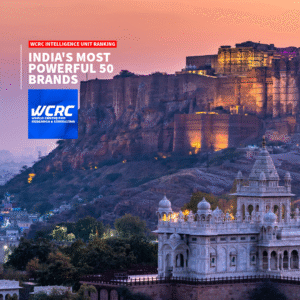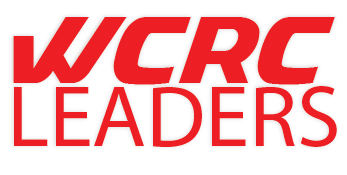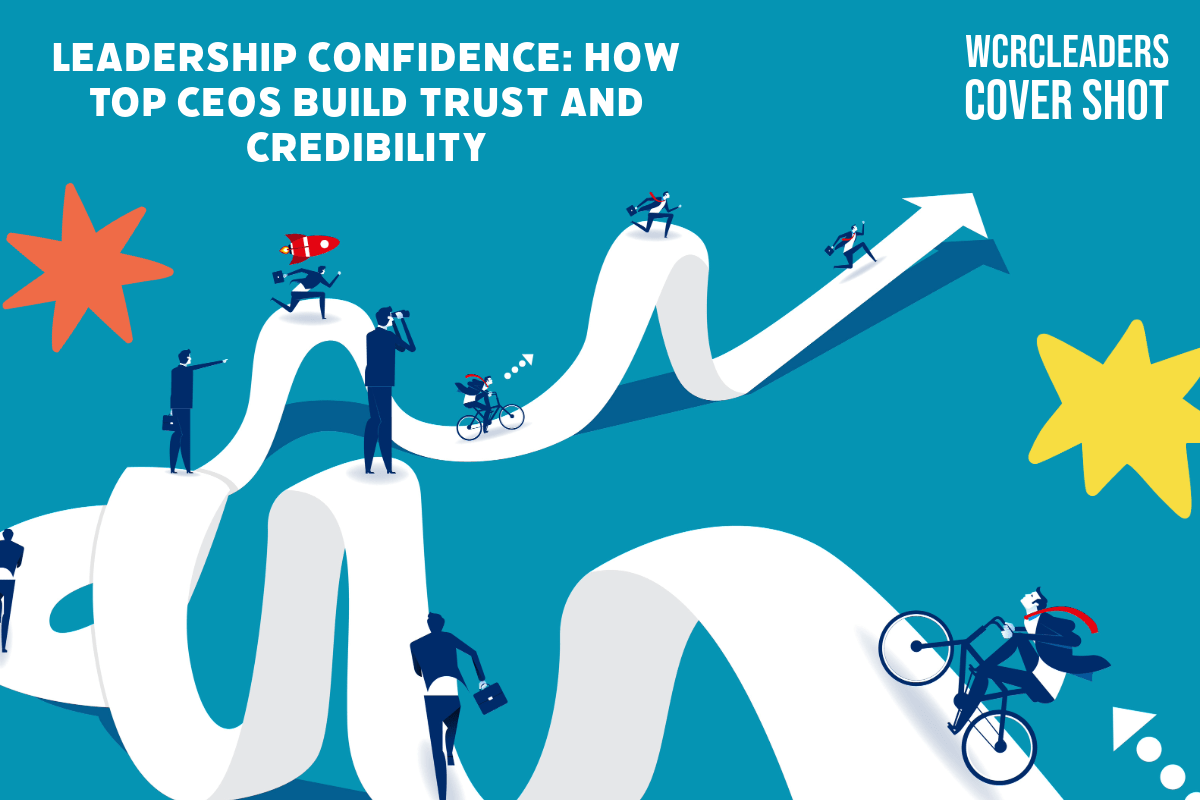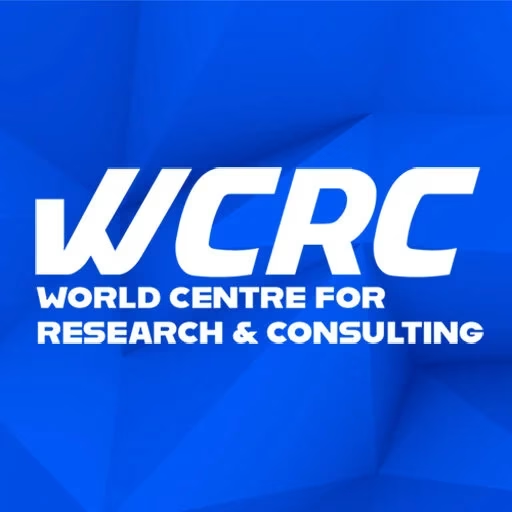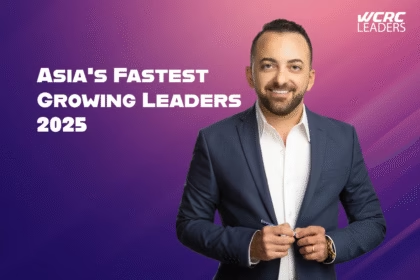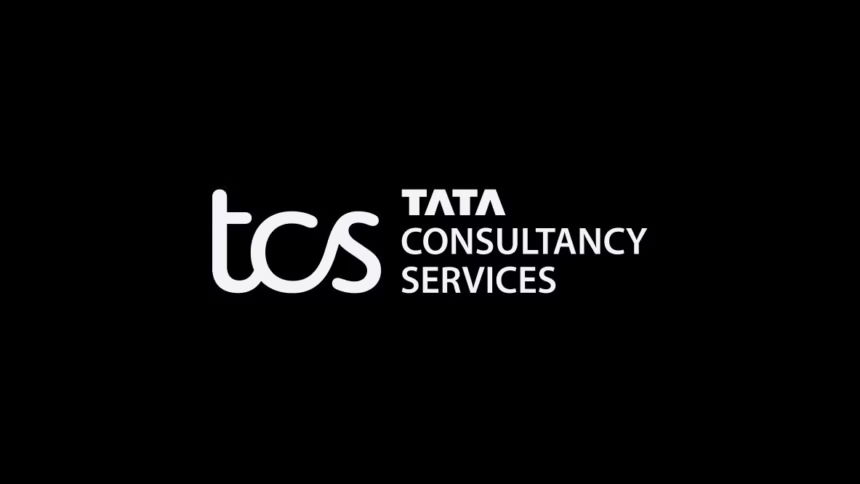Leadership confidence plays a crucial role in the success of top CEOs and their organizations. The ability to build trust and credibility is essential for leaders to inspire their teams, drive innovation, and navigate complex business landscapes. In today’s fast-paced and ever-changing corporate world, CEOs must develop and maintain a strong sense of confidence to lead effectively and make tough decisions.
This article explores the journey of leadership confidence and how successful CEOs cultivate trust and credibility. It delves into the two-year process of building confidence, examines strategic communication methods to foster trust, and discusses ways to align teams and stakeholders. Additionally, it highlights the importance of demonstrating competence through action, showcasing how top leaders put their skills into practice to earn respect and loyalty from their organizations.
- Leadership confidence plays a crucial role in the success of top CEOs and their organizations. The ability to build trust and credibility is essential for leaders to inspire their teams, drive innovation, and navigate complex business landscapes. In today’s fast-paced and ever-changing corporate world, CEOs must develop and maintain a strong sense of confidence to lead effectively and make tough decisions.
- The Two-Year Confidence Journey
- Strategic Communication for Trust-Building
- Crafting a clear and consistent message
- Leveraging multiple communication channels
- Addressing stakeholder concerns proactively
- Aligning Teams and Stakeholders
- Building a high-performing leadership team
- Engaging the board effectively
- Fostering employee trust and buy-in
- Demonstrating Competence Through Action
- Identifying and executing early wins
- Adapting to challenges and setbacks
- Showcasing long-term vision and strategy
- The Last Words
The Two-Year Confidence Journey
The journey to build leadership confidence is not a sprint but a marathon that typically spans two years. During this period, CEOs face numerous challenges and opportunities to establish trust and credibility within their organizations.

Understanding the confidence premium
New CEOs often feel pressured to deliver quick wins and make an immediate impact. However, this approach can backfire, as the race they’re running is not a sprint but a marathon. Leadership confidence requires patience, endurance, and a sustainable long-term strategy. By accepting this reality and pacing themselves accordingly, CEOs can steady their efforts and help others develop faith in their leadership.
One CEO’s experience at Bacardi illustrates the importance of setting a deliberate pace. After assuming the helm following several short-tenured predecessors, he recognized the company’s instability, lack of long-term strategic outlook, and misaligned culture. To address these issues, he made it clear to all stakeholders – the board, ownership family, and employees – that he intended to stay in the role for ten years, promising that those years would be the best the company had ever seen.
Overcoming initial skepticism
New CEOs often face skepticism from their teams and stakeholders. This challenge is particularly acute for those promoted from within the organization. These leaders must convince their former peers and colleagues that they have what it takes to lead the entire enterprise.
One CEO who stepped up from CFO to CEO after a long career with his company faced this exact situation. To address it, he took an unconventional approach. He actively shared more about himself and his personal life than ever before, opening up about how he spent his weekends and the challenges he had overcome, such as his child’s severe illness. By showing his human side, he aimed to rally his team behind him and allow the organization to gain trust in his leadership.
Balancing speed and patience
Finding the right balance between taking action and allowing time for relationships to develop is crucial for new CEOs. One example highlights the pitfalls of waiting too long to move forward. A new CEO wanted to fill two key positions before getting his top team on board with his objectives. He estimated the searches would take two to three months. However, the process dragged on longer than expected, and during this time, another key executive left the company, creating yet another vacant seat. This delay cost the CEO valuable time and made him appear both ineffective and indecisive.
To avoid such situations, CEOs must learn to balance the need for swift action with the patience required to build strong relationships and align stakeholders. This balance is essential for building confidence and credibility over the two-year journey. By setting a deliberate pace, overcoming initial skepticism, and finding the right balance between speed and patience, CEOs can successfully navigate the challenges of their new role and establish themselves as trusted and credible leaders.
Strategic Communication for Trust-Building
Effective communication plays a crucial role in building trust and credibility for CEOs. By crafting clear messages, utilizing various channels, and addressing concerns proactively, leaders can foster a strong connection with their stakeholders and teams.
Crafting a clear and consistent message
CEOs must develop a clear and consistent message that aligns with their vision and values. This message should be simple, memorable, and easily understood by all stakeholders. For example, when Mahesh took over as CEO at Bacardi, he recognized the company’s instability and lack of long-term strategic outlook. To address this, he crafted a powerful message: he intended to stay in the role for ten years and make them the best the company had ever seen. This clear statement set expectations and demonstrated his commitment to the organization’s future.
Leveraging multiple communication channels
To build trust effectively, CEOs should utilize various communication channels to reach different audiences within their organization. This approach ensures that their message reaches all levels of the company and resonates with diverse groups of employees. Some effective channels include:
- Town hall meetings
- Company-wide emails
- Video messages
- One-on-one conversations
- Team meetings
By diversifying communication methods, CEOs can cater to different preferences and ensure their message is heard and understood across the organization.
Addressing stakeholder concerns proactively
Proactive communication is essential for building trust and credibility. CEOs should anticipate potential concerns and address them before they become significant issues. This approach demonstrates leadership, transparency, and a commitment to open dialog.
One CEO who stepped up from CFO to CEO after a long career with his company faced the challenge of convincing his former peers and colleagues that he had what it takes to lead the entire enterprise. To address this, he took an unconventional approach by sharing more about himself and his personal life than ever before. He opened up about how he spent his weekends and the challenges he had overcome, such as his child’s severe illness. By showing his human side, he aimed to rally his team behind him and allow the organization to gain trust in his leadership.
This proactive approach to addressing potential skepticism helped the CEO build a stronger connection with his team and stakeholders. It demonstrated vulnerability and authenticity, which are crucial elements in establishing trust and credibility.
By focusing on these three key aspects of strategic communication – crafting clear messages, leveraging multiple channels, and addressing concerns proactively – CEOs can build a strong foundation of trust and credibility within their organizations. This approach allows leaders to establish themselves as effective communicators and fosters an environment of openness and transparency, which is essential for long-term success in leadership roles.
Aligning Teams and Stakeholders
Aligning teams and stakeholders is a critical aspect of building leadership confidence and credibility. CEOs must navigate the complexities of managing diverse groups within their organizations to create a cohesive and effective leadership structure.
Building a high-performing leadership team
One of the primary challenges new CEOs face is assembling a strong leadership team. This process requires careful consideration and timing. A case in point is a CEO who wanted to fill two key positions before aligning his top team with his objectives. He estimated the searches would take two to three months. However, the process dragged on longer than expected, and during this time, another key executive left the company. This delay cost the CEO valuable time and made him appear both ineffective and indecisive.
To avoid such pitfalls, CEOs should:
- Set clear priorities for team building
- Balance the need for new hires with the importance of moving forward with existing team members
- Establish a timeline for team alignment and stick to it
Engaging the board effectively
Effective board engagement is crucial for CEOs to build trust and credibility. This involves setting a deliberate pace and aligning the board with the CEO’s long-term vision. For example, when Mahesh became CEO at Bacardi, he recognized the company’s instability and lack of long-term strategic outlook. To address this, he made it clear to the board, ownership family, and employees that he intended to stay in the role for ten years, promising that those years would be the best the company had ever seen.
Key strategies for engaging the board include:
- Communicating a clear, long-term vision
- Setting realistic expectations for short-term and long-term goals
- Regularly updating the board on progress and challenges
Fostering employee trust and buy-in
Building trust and credibility with employees is essential for CEOs, especially those promoted from within the organization. These leaders face the unique challenge of convincing former peers and colleagues that they have what it takes to lead the entire enterprise.
One CEO who stepped up from CFO to CEO after a long career with his company took an unconventional approach to address this challenge. He actively shared more about himself and his personal life than ever before, opening up about how he spent his weekends and the challenges he had overcome, such as his child’s severe illness. By showing his human side, he aimed to rally his team behind him and allow the organization to gain trust in his leadership.
To foster employee trust and buy-in, CEOs can:
- Be transparent about their vision and goals
- Share personal experiences to connect with employees on a human level
- Demonstrate a commitment to the organization’s long-term success
By focusing on these key areas – building a high-performing leadership team, engaging the board effectively, and fostering employee trust and buy-in – CEOs can align their teams and stakeholders more effectively. This alignment is crucial for establishing leadership confidence and credibility, ultimately leading to better organizational performance and success.
Demonstrating Competence Through Action
Identifying and executing early wins
New CEOs often feel pressured to deliver quick results, but it’s crucial to strike a balance between short-term wins and long-term strategy. Many leaders fall into the trap of launching multiple initiatives without securing alignment from key stakeholders. This approach can backfire, as the journey to build confidence is more of a marathon than a sprint.
To demonstrate competence effectively, CEOs should:
- Set realistic expectations for early wins
- Align initiatives with the organization’s long-term goals
- Communicate progress clearly to stakeholders
Adapting to challenges and setbacks
Flexibility and adaptability are essential qualities for CEOs to build trust and credibility. One example highlights the importance of being prepared for unexpected challenges. A new CEO wanted to fill two key positions before aligning his top team with his objectives. He estimated the searches would take two to three months. However, the process dragged on longer than expected, and during this time, another key executive left the company. This delay cost the CEO valuable time and made him appear both ineffective and indecisive.
To adapt to challenges and setbacks, CEOs can:
- Develop contingency plans for potential obstacles
- Remain agile in their decision-making process
- Communicate transparently about setbacks and how they plan to address them
Showcasing long-term vision and strategy
Demonstrating a clear, long-term vision is crucial for building confidence and credibility. CEOs must show that they have a sustainable strategy for the organization’s future. For instance, when Mahesh became CEO at Bacardi, he recognized the company’s instability and lack of long-term strategic outlook. To address this, he made it clear to all stakeholders – the board, ownership family, and employees – that he intended to stay in the role for ten years, promising that those years would be the best the company had ever seen.
To showcase long-term vision and strategy, CEOs should:
- Articulate a clear, compelling vision for the organization’s future
- Align short-term actions with long-term goals
- Regularly update stakeholders on progress towards strategic objectives
By focusing on these key areas – identifying early wins, adapting to challenges, and showcasing long-term vision – CEOs can demonstrate their competence through action. This approach helps build trust and credibility with stakeholders, ultimately leading to stronger leadership and organizational success. It’s important to remember that building confidence is a gradual process that requires patience, persistence, and a deliberate pace. By setting realistic expectations and maintaining a long-term perspective, CEOs can effectively navigate the challenges of their role and establish themselves as competent, trustworthy leaders.
The Last Words
The journey to build leadership confidence is a long-term process that has a significant impact on the success of top CEOs and their organizations. By focusing on strategic communication, aligning teams and stakeholders, and showing competence through action, leaders can earn trust and credibility. This approach enables them to inspire their teams, drive innovation, and navigate complex business landscapes more effectively.
To wrap up, the two-year confidence journey requires patience, endurance, and a well-thought-out strategy. CEOs who can balance quick wins with long-term vision, adapt to challenges, and foster open communication are better equipped to lead their organizations to success. By putting these principles into practice, leaders can build a strong foundation of trust and credibility, setting the stage for lasting impact and growth in their roles.
